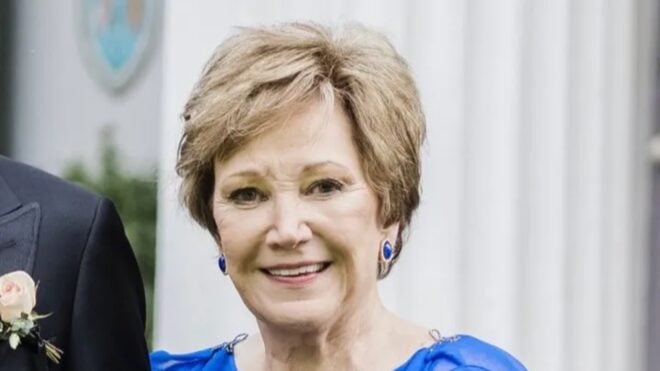Appendix… tonsils… wisdom teeth… While our bodies may not need these parts now, our ancestors once did — yet we're born with these parts still intact. These "remnants of our deep history" are called vestigial structures, and they make for a truly fascinating topic. In this video, courtesy of Vox, you'll learn some incredible facts about how humans have evolved over time.
Wikipedia describes vestigial structures as "genetically determined structures or attributes that have apparently lost most or all of their ancestral function in a given species, but have been retained during the process of evolution." Common examples of vestigial structures include the appendix, wisdom teeth, tonsils, and even goosebumps on the skin. These things all used to serve a purpose for our ancestors, but we no longer need them for survival.
Here's a fun experiment: With your arm on a flat surface, push your thumb against your pinkie and tip your hand up. If you see a raise band in the middle of your wrist, that means you've got a vestigial muscle in your forearm. This tendon connects to a muscle that 10-15% of people are actually missing in one or both arms. But if you don't have one of these tendons, don't worry — since it's a vestigial muscle, it makes no difference in grip strength.
Are you surprised by any of this information? Let us know, and please SHARE this informative video with your friends on Facebook!




